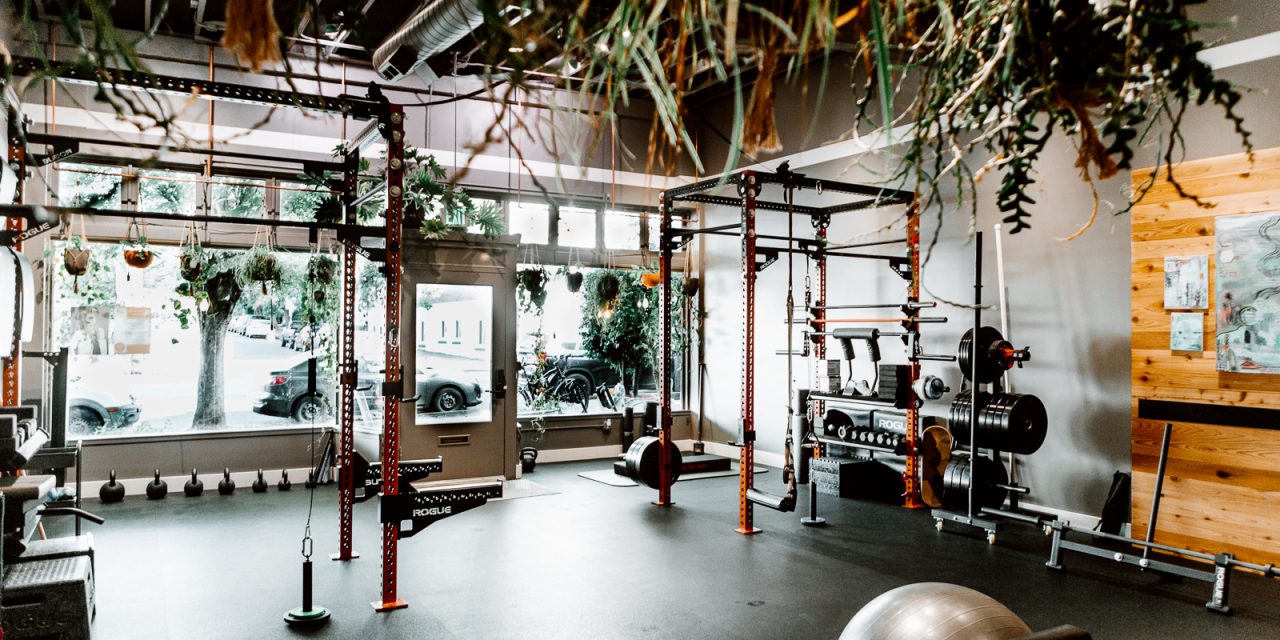Please understand that all of this information is a clinical opinion and is not medical advice . . . onward.
Perhaps a missed point in all of this news about coronavirus is how many people will become infected and fall only mildly ill. This speaks as a testament of the human immune system to quickly identify and nullifying new pathogens. A vast majority of people will become (or have been) exposed to the virus and had basic flu-like symptoms. This is not to minimize the tragic loss of any life, especially when quicker and stronger action could have mitigated so much suffering. But it does bring us to a point of reflection: Why are the elderly and those with current health conditions so vulnerable?
I would like to pose some possible thoughts; lack of movement, lack of pulmonary function, mouth breathing.
Movement is critical for normal venous return in the body and appropriate lymph flow. Lymph flow occurs just below the skin and can be viewed as the bodies system of solid waste removal where the kidneys serve as liquid waste removal. Sitting down or lying down is an easy way to block lots of lymph flow.
Pulmonary function relies on full diaphragmatic muscle engagement to create maximum lung expansion and waste product movement within the lungs. Diaphragmatic breathing is also the only way to significantly increase the surface area of the lungs to allow more efficient gas exchange.
Breathing through the mouth creates two significant problems: 1 – The large opening of the mouth does not allow sufficient back pressure to sufficiently engage the diaphragm. Think of a turkey baster, where the big bulb at the end is the diaphragm. The tip of the turkey baster is small on purpose, this allows sufficient “grab” of the liquids to actually draw up fluids. If the hole were much larger it would not be able to draw liquids at all. 2 – The mouth is not designed to filter air. The nose has hair and 3 different tissues called turbinates that swirl and filter incoming air, trapping particles against nasal mucous to be destroyed or eliminated later. Mouth breathing completely eliminates any filtering at all. As many people are struggling to find protective face gear, we have all forgotten our own built in filtering system.
The common CT findings from 2019n-CoV are bilateral, peripheral, and posterior interstitial pneumonia. What this means is there were thicks fluids and build up present on a CT scan in both lungs at and the very edges and particularly the back of the lung. These are the exact areas that are poorly used when we evaluate a patient’s breathing patterns. For those of you that are already patients, we train you to use these parts of the lung and diaphragm when we ask you to breathe into your sides or into your back.
If we were to create an ideal scenario for a virus or bacteria to spread, it would be warm, dark, and stagnant. Think of the difference between a running river versus a stagnant pond in the summer. Which would you rather drink from? This is exactly what is happening when the lungs and diaphragm are not fully engaged. The edges, back, and often bottom of the lungs become stagnant. Additionally, waste products are not sufficiently moved out of the area creating ideal “food” for growth/replication.
I have often said that it is much easier to talk about what breathing does not do rather than listing the hundreds of effects it has. This is a great example of that. Full breathing patterns reduce opportunity for infection. I believe a reasonable assumption for those most significantly effected by this virus, or any other, is that they are likely not moving or exercising a sufficient amount and have not done so for some time.
So please, make sure to breathe through your nose and get your lungs moving with a little exercise and give your body an edge it really needs right now. If you are not a patient, we use this video as a reference and a guide to teach breathing and supplement our teachings in clinic.




